Introduction
Sputter targets form the basis of physical vapour deposition (PVD) technology. They enable the production of thin films applied across various sectors including semiconductors, optoelectronics and wear‐resistant coatings.
For applications that demand high temperature tolerance, hardness and chemical stability, refractory metals such as tungsten (W), molybdenum (Mo) and niobium (Nb) have become essential. Processing these high melting point metals is challenging. Powder metallurgy (PM) provides a materials‐efficient and scalable method to manufacture sputter targets with high density and specifically tailored microstructures.
The following explanation details the process and its importance.
What Defines a Sputter Target?
A sputter target is not a simple metal plate. It is a precision‐engineered component comprising a sputtering surface and an underlying backing plate (commonly copper) that facilitates heat dissipation and provides structural support.
To ensure the target delivers consistent, high‐quality films, it must comply with several key criteria:
-
Purity ≥ 99.9%
-
High density with minimal porosity
-
Uniform grain size and alignment
-
Mechanical strength and resistance to cracking
Any imperfection in the target material may be transferred to the deposited thin film. In fields such as microelectronics, numerical tolerances are very strict.
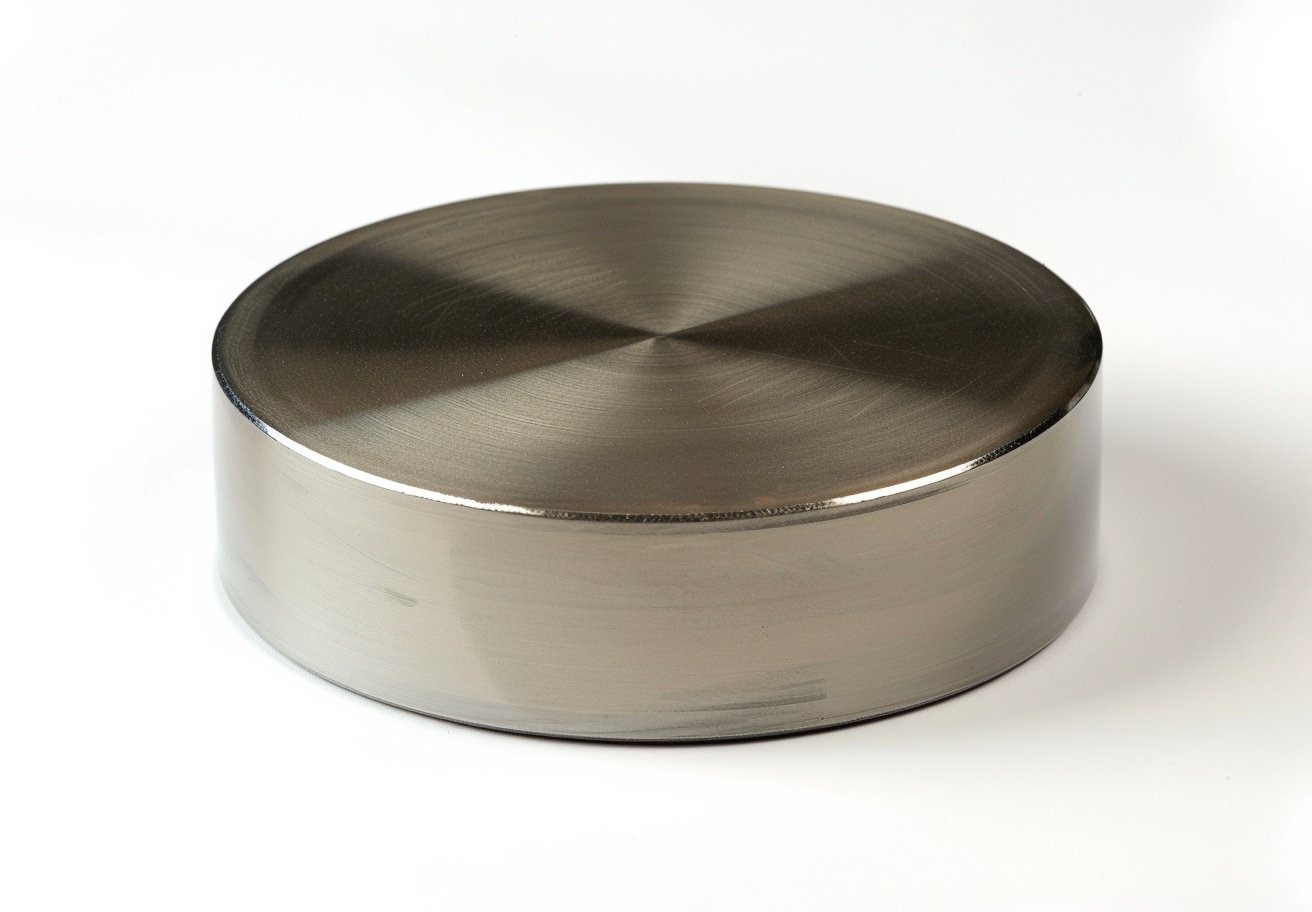
Powder Metallurgy: Step-by-Step
1. Preparation of the Raw Powder
Initially, high‐purity metal powders are selected. These powders are refined by processes such as melting, atomisation and annealing to achieve a controlled particle size and composition.
For composite targets such as ITO (Indium Tin Oxide) or ZTO (Zinc Tin Oxide), mixing and pre‐reaction of oxides is required. The uniformity at this stage directly influences the final material properties.
2. Ball Milling and Spray Granulation
Ball milling is employed to break down powder clusters, reducing particle size to the nanometre range and thereby improving compaction and sinterability. Subsequently, the fine powder is converted into spherical granules via spray granulation, which facilitates handling and densification.
3. Forming the Green Body
The material is then shaped. Uniaxial pressing or cold isostatic pressing (CIP) compacts the powder into a green body. The CIP method applies uniform pressure throughout the specimen, thereby reducing the formation of internal voids or stress concentrations.
4. Sintering
Sintering constitutes a critical phase. Under a controlled atmosphere—typically an oxygen-inert mixture—the green body is heated to temperatures exceeding 650 °C. Diffusional bonding between particles reduces the residual porosity and establishes the final microstructure of the target. Pressure sintering at 1.4–1.6 atm may be applied to further improve densification and prevent deformation.
These measures are taken to ensure that the final product achieves the required material properties.
5. Post-treatment
Following sintering, additional processes are carried out:
-
Binder removal to eliminate organic residues.
-
Grinding and polishing to finalise the target surface.
-
A backing plate is then joined either by brazing or diffusion bonding, ensuring thermal and electrical continuity.
Each step is optimised based on the material type and the specific requirements of the end application.

How Powder Metallurgy Enhances Performance
When applied correctly, powder metallurgy improves the performance of sputter targets in quantifiable ways:
-
Density: The reduction of voids improves the sputtering rate and film uniformity.
-
Microstructure: Controlled grain growth results in predictable erosion behaviour and improved mechanical integrity.
-
Purity: The use of carefully selected powders reduces trace contaminants that could affect thin film performance.
-
Toughness: An increase in mechanical load-bearing capability limits the occurrence of cracking or spalling during sputtering.
For example, density improvements of approximately 15% have been observed, resulting in a 12% reduction in film variability.
Special Considerations for Refractory Metals
Processing refractory metals W, Mo and Nb introduces several challenges. Their high melting points require precise temperature control during sintering. These materials exhibit brittleness; consequently, machining and pressing must be conducted with care.
Another factor is their thermodynamic stability. Unintended phase changes or surface oxidation during sintering can adversely affect both purity and performance. Given that the control of the atmosphere and ramp rates is critical, strict process parameters are maintained.
A Look to the Future
Powder metallurgy is becoming increasingly established as the standard for sputter target production. Future developments may include:
-
Nanoscale Powder Synthesis to enhance sinterability
-
Isothermal Sintering for improved grain control
-
Non-Destructive Testing to detect internal defects
-
Intelligent Manufacturing with real-time monitoring and AI-based process control
These improvements will render sputter targets more reliable, customisable and scalable.
At Stanford Advanced Materials we offer a broad range of refractory and composite sputter targets produced via precision powder metallurgy. Whether manufacturing semiconductor devices or scaling optical coatings, we provide targets engineered for performance and delivered with stringent quality assurance.

 Bars
Bars
 Beads & Spheres
Beads & Spheres
 Bolts & Nuts
Bolts & Nuts
 Crucibles
Crucibles
 Discs
Discs
 Fibers & Fabrics
Fibers & Fabrics
 Films
Films
 Flake
Flake
 Foams
Foams
 Foil
Foil
 Granules
Granules
 Honeycombs
Honeycombs
 Ink
Ink
 Laminate
Laminate
 Lumps
Lumps
 Meshes
Meshes
 Metallised Film
Metallised Film
 Plate
Plate
 Powders
Powders
 Rod
Rod
 Sheets
Sheets
 Single Crystals
Single Crystals
 Sputtering Target
Sputtering Target
 Tubes
Tubes
 Washer
Washer
 Wires
Wires
 Converters & Calculators
Converters & Calculators
 Write for Us
Write for Us

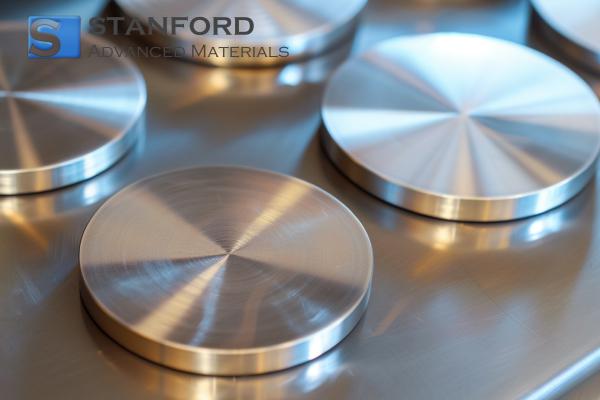
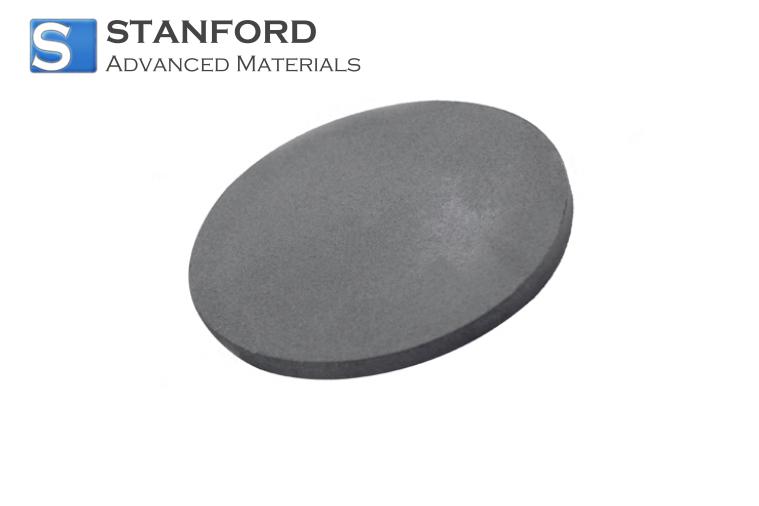
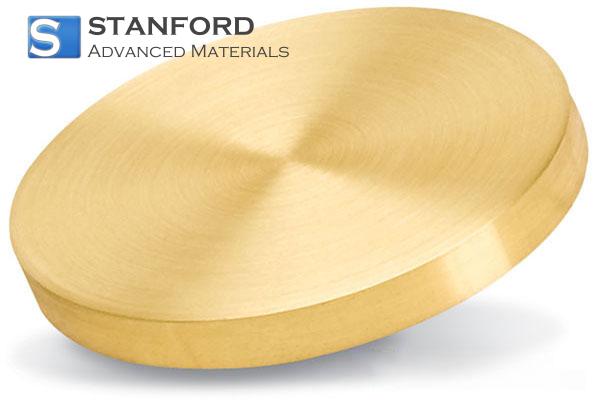
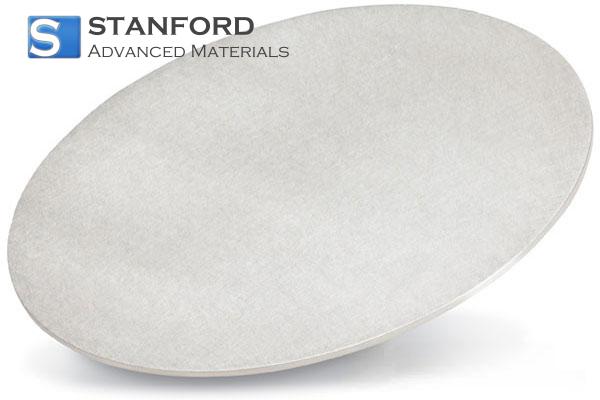
 Chin Trento
Chin Trento



